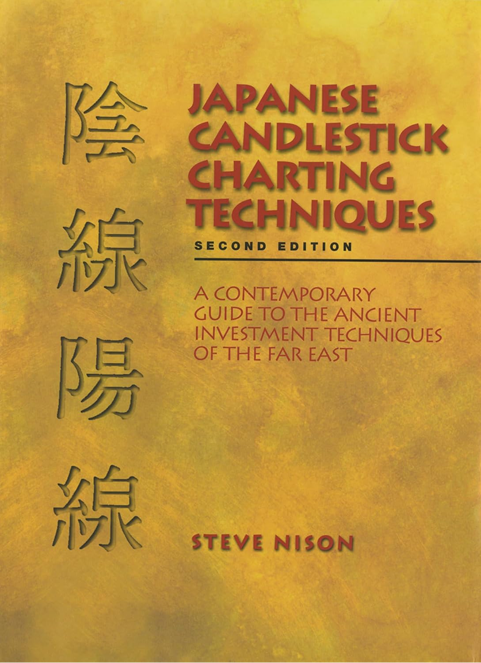The Definitive Guide to Visual Trading: Japanese Candlestick Charting Techniques Is a Must-Read

If you’re looking to stop guessing at price action and start reading the market’s story, Steve Nison’s Japanese Candlestick Charting Techniques is the essential guide you need. Widely considered the definitive text on the subject, this book is not just a reference manual of patterns; it’s a foundational course in understanding the psychology behind price movements.
Nison, the pioneer who introduced these ancient techniques to the Western world, teaches you how to read candles as a visual snapshot of crowd psychology, the ongoing tug-of-war between buyers and sellers. This intuitive approach gives you an edge in timing entries and exits, identifying high-quality signals, and placing your risk with precision.
The Psychology Behind the Patterns
The core value of this book is its focus on why each pattern works. You’ll learn to see each candlestick not as a static shape but as a dynamic representation of market activity. A single candlestick tells a story by showing:
- The Real Body: The colored section (green/white for bullish, red/black for bearish) representing the opening and closing prices, revealing who was in control during the period.
- The Shadows (or Wicks): The lines that extend from the body, showing the high and low prices and highlighting the intensity of the struggle between buyers and sellers.
From here, Nison introduces a comprehensive encyclopedia of patterns, from single-candle formations like the Doji (signaling indecision) and the Hammer (a potential reversal signal) to multi-candle patterns like the Bullish Engulfing, which suggests a strong shift in momentum to the upside.
The Power of Context and Confirmation
One of the most valuable lessons in the book, especially for traders who prefer a clear, rules-based approach, is that candlestick patterns should never be used in isolation. Nison consistently stresses the importance of combining patterns with other technical tools to confirm signals and increase the probability of a successful trade.
The second edition is particularly valuable as it provides:
- Practical Blending: Tighter explanations and more real-chart examples that show you exactly how to use candles with Western tools like moving averages, trendlines, and support/resistance levels.
- Confirmation Rules: Simple, visual rules like looking for one more bar of follow-through after a hammer or engulfing pattern to avoid fake reversals.
- “Windows” (Gaps): A powerful concept that turns market gaps into ready-made support and resistance levels.
This emphasis on using patterns in context—only acting when a signal forms at a key level (e.g., a prior high/low or moving average)—ensures that you’re not trading random signals but high-quality setups.
What You’ll Get and the Bottom Line
This book won’t trade for you, and it’s not a plug-and-play system with backtested stats. Instead, it teaches you to think visually about market dynamics, allowing you to make your charts talk. It provides a simple, visual framework for:
- Reading momentum shifts faster.
- Identifying higher-quality entries at real levels.
- Establishing obvious stop placements.
If you have a basic trading strategy and want cleaner timing, clearer stops, and a deeper understanding of the market’s story, this is one classic that will likely pay for itself in just a handful of disciplined trades. It’s a foundational text for anyone who wants to master the art of reading price action.


















